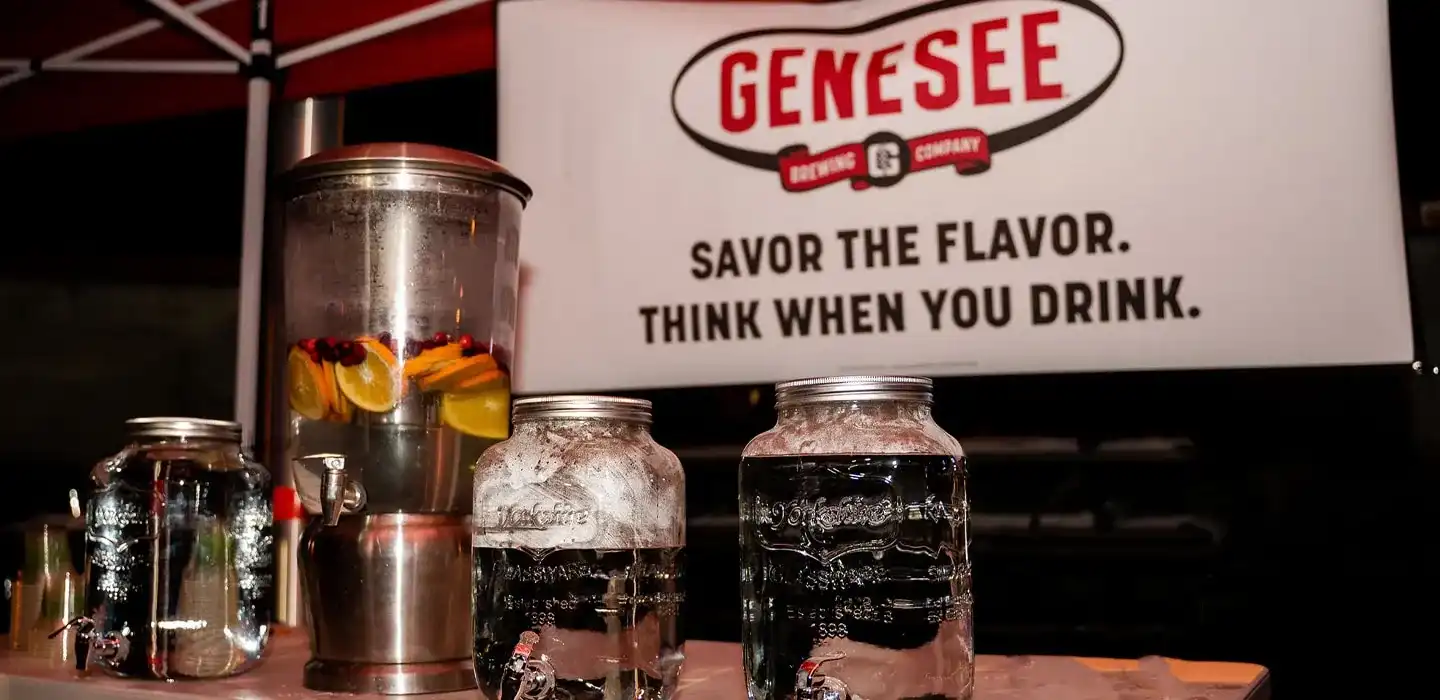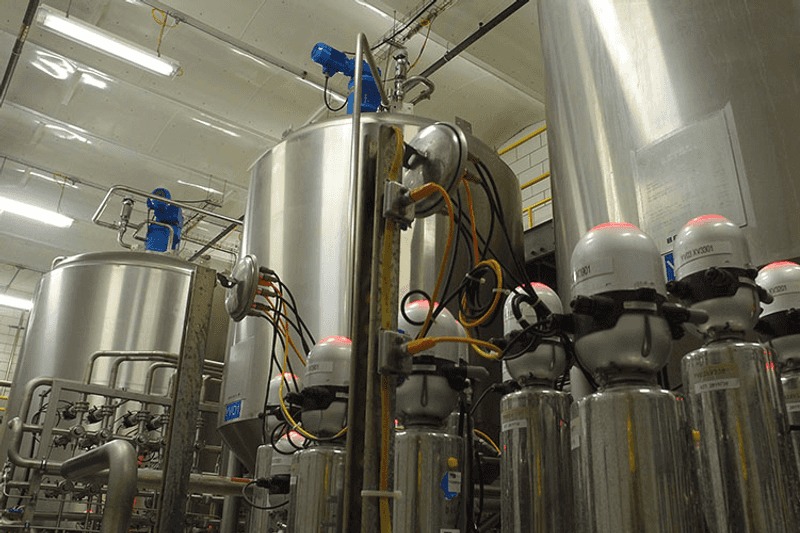
Smart Consumption
At FIFCO USA, we certainly understand how refreshing and delicious an ice-cold beer tastes on a hot summer day…or after a hard day’s work…or when you’re out enjoying good friends and great food. And, of course, we’re thrilled when our products are part of any celebration or social gathering. It has been scientifically proven that responsible consumption of alcoholic beverages by healthy adults can be socially acceptable. However, irresponsible use of alcohol can have harmful effects, not only on your physical and mental health, but also on others.
That’s why we are committed to smart consumption of the products we make and sell, and to educating consumers to be smart about drinking habits so as to encourage healthy and balanced lifestyles.
Our commitment includes:
- Showing respect toward those adults who choose not to consume our products.
- Encouraging those who consume our products to do so responsibly at all times.
- Respecting zero alcohol consumption among vulnerable or sensitive populations, for whom consuming alcohol is NEVER appropriate.
We encourage you to view the individual modules below to learn more about smart consumption:
FIFCO USA is a Triple Bottom Line company committed to impacting our community and environment. In partnership with our stakeholders, we look for opportunities to create sustainable impact in the areas where we operate. We focus on promoting smart consumption; building strong communities; improving waterways, trails and parks, and workforce development.
We partner with grassroots, charitable organizations that create sustainable impact. If you have a program or project that you would like to tell us about, please submit our online application.

Consumption Patterns
When it comes to consuming alcohol, what you drink is not nearly as significant as how you drink…or your consumption pattern.
A consumption pattern describes the way in which a population consumes alcohol and how such behavior adjusts to different cultures and societies. These patterns are defined by considering the amount of alcohol and the way it is consumed. To live a healthy lifestyle, it’s important to develop a healthy pattern of consumption that involves drinking in moderation.
First, it’s important to know what counts as a drink. In the United States, any drink that contains 0.6 fluid ounces (or 14 grams) of pure alcohol is considered “standard.” But the amount of alcohol can vary by type of beer, wine or malt liquor. The best way to know how much alcohol you are consuming is to read the label or search online.
Is your consumption pattern a healthy one? If you are a woman and consume no more than two drinks per day and no more than seven drinks per week, you are considered to be a low-risk drinker. If you are a man, you would need to consume no more than three drinks per day and no more than 14 drinks per week to be a low-risk drinker. Keep in mind that low risk does not mean no risk. Your age, how quickly you consume alcohol and your health can all be risk factors.
You can reduce your risks by cutting down on the amount of alcohol you consume (or eliminating it completely) and making sure you take steps to drink safely (pace yourself, eat food while drinking and don’t drive, etc.).

Sensitive Populations
Most people can enjoy drinking alcohol in moderation. But alcohol affects people differently. For example, men typically can tolerate more alcohol than women. Your weight and general health can be factors in the amount of alcohol you can tolerate. Family history should also be taken into account.
That’s why it’s important to practice smart consumption and to know your limits. But there are certain groups of people, known as sensitive populations, who shouldn’t consume alcohol under any circumstances. This, of course, includes those under the legal drinking age of 21.
Minors and Alcohol
At FIFCO USA, we take our responsibility as an alcoholic beverage-producing company very seriously. And while we promote consumption in moderation by adults, we also try to prevent consumption of alcohol by minors, or those under the legal drinking age of 21.
There are many good reasons why minors should not consume alcohol. In addition to being illegal, adolescents can’t handle alcohol like adults can. They typically weigh less and have less water in their bodies to dilute alcohol and they have fewer enzymes that help the liver eliminate alcohol.
An adolescent’s brain is more vulnerable to damage caused by excessive alcohol consumption. Recent studies show that the brain is not completely developed until 20 years of age. Thus, adolescents are at higher risk when they drink, since alcohol inhibits the development of certain brain parts.
As a parent, you can play a key role in educating your children about alcohol and talking to them about the many problems associated with excessive consumption so they have correct information. Please make this discussion a key part of your general health and safety conversations with your children.
Other Sensitive Populations
In addition to minors, there are additional sensitive populations who should avoid alcohol completely because, for them, there is no known amount that is safe to consume. This includes:
- Women who are, may be or are trying to become pregnant
- People driving a vehicle or operating machinery
- People with certain medical conditions that might worsen with alcohol consumption
- People taking prescription or over-the-counter medications that might cause a reaction with alcohol consumption


